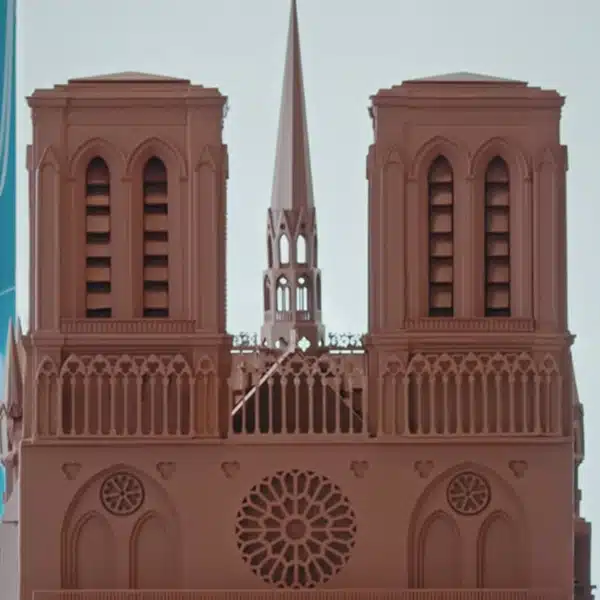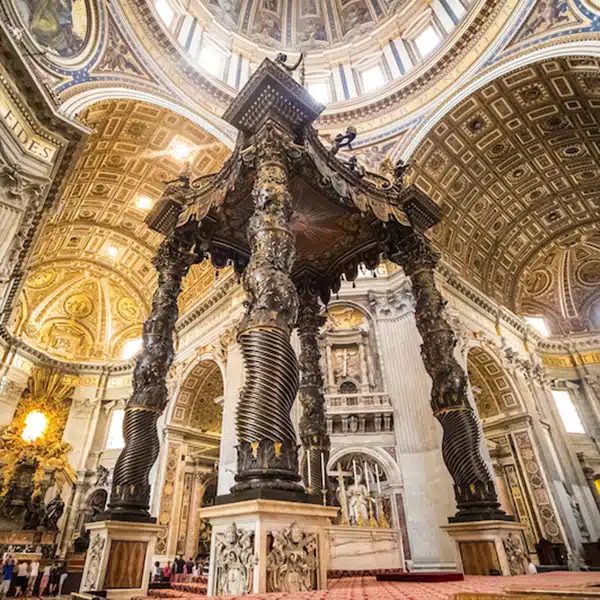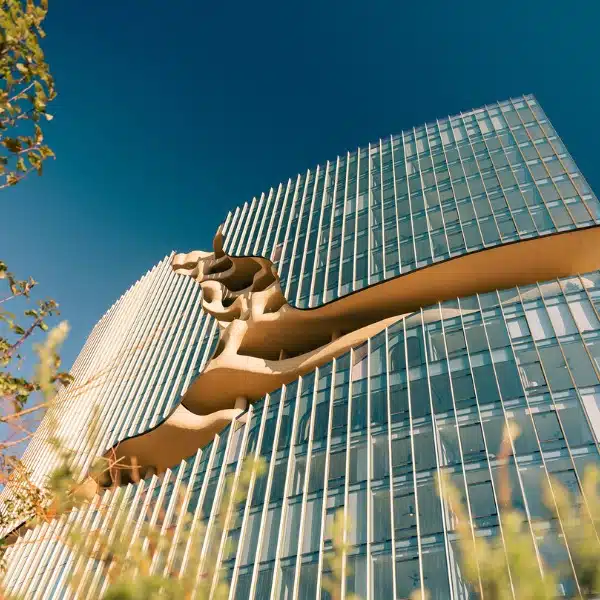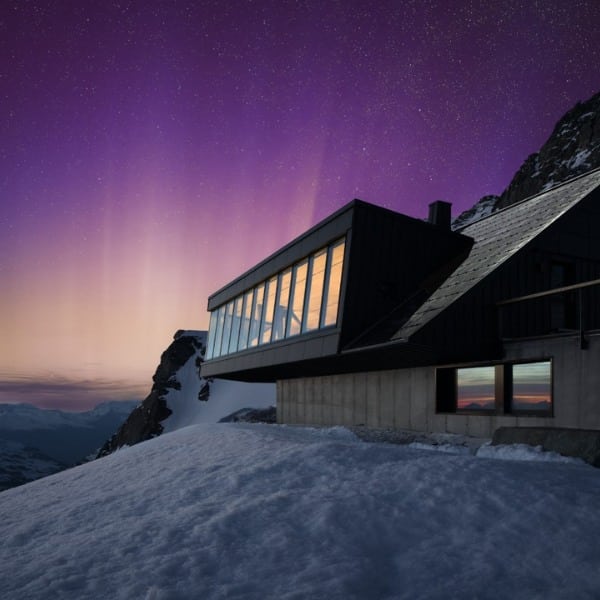
Photo: Plomp
In the town of Helmond, in the southern Netherlands, Dutch architecture firm UNStudio is working to put together the “smartest neighborhood in the world.” Innovative in its use of data from residents to improve the quality of life, the Brainport Smart District will sprawl over 383 acres (155 hectares). Using a flexible design, the district will grow according to the demands of its residents and when completed will contain 1,500 residences and nearly 30 acres (12 hectares) of business space.
In July 2018, UNStudio was selected to assemble a team of experts to make the sustainable, unique living environment a reality. Working with Felixx Landscape Architects (landscape and ecology design), Metabolic (circularity), Habidatum (data analysis and modeling), and UNSense (data and technology strategy), the firm has just revealed a masterplan for the neighborhood. Over the next ten years, the project will develop, as the latest technology will be applied to achieve “a sustainable, circular and socially cohesive neighborhood that enjoys joint energy generation, food production, water management, joint digital data management, and revolutionary transport systems.”
This “living lab” will see residences organized around a large park, with businesses and nature reserves surrounding them. A place for experimentation, the landscape will be used as a productive environment for food, energy, water, and biodiversity. As a first step, UNStudio's sister company UNSense is developing a project that will provide a test environment within the district. This residential area will contain 100 houses and early adopters will be on the cutting-edge of living by taking part in the innovative experiment. With a growing need for “smart” cities and neighborhoods, as well as responsible use of personal data, the world will certainly be watching to see how the Brainport Smart District unfolds.
We recently had the opportunity to speak with Ben van Berkel, UNStudio's founder and principal architect, about this innovative project, what separates it from other “smart” urban planning projects, and his thoughts on how architecture can help the environment. Read on for our exclusive interview.
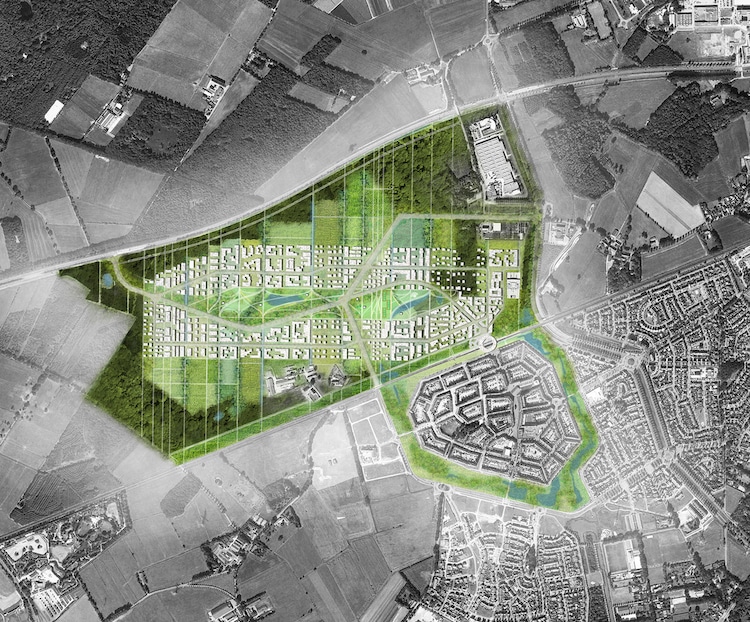
Masterplan (Photo: UNStudio)
Why is being involved in a project like the Brainport Smart District so important for UNStudio?
It’s fascinating for us to be involved in a project like this, principally because it is so unique and forward-focused. It’s a truly holistic and future-driven development, but most importantly, it’s one that is fully embracing the idea of “learning by doing”—on multiple, integrated levels at the same time. Brainport Smart District is looking to find new models for living that are both environmentally and socially sustainable; models that are neither top-down, nor completely bottom-up, but that are instead investigating novel ways through which we can together design neighborhoods for the future that truly benefit the people who live in them.
This holistic approach of BSD is really important, as we are investigating so many different facets at once: circularity, the participation of (future) inhabitants, social cohesion and safety, health, data, new transport technologies, and independent energy systems. But equally interesting for us at UNStudio was the request to design a flexible urban vision that would evolve and grow over time, rather than being completely planned in advance, as is usually the case.
Our cities are becoming overcrowded, while the city dweller’s needs and societal trends are changing at great speed. So it’s extremely important—in fact, it’s essential—that we start now to fully investigate how we should shape new developments like this for the future. And a daring and experimental initiative like BSD makes this possible.
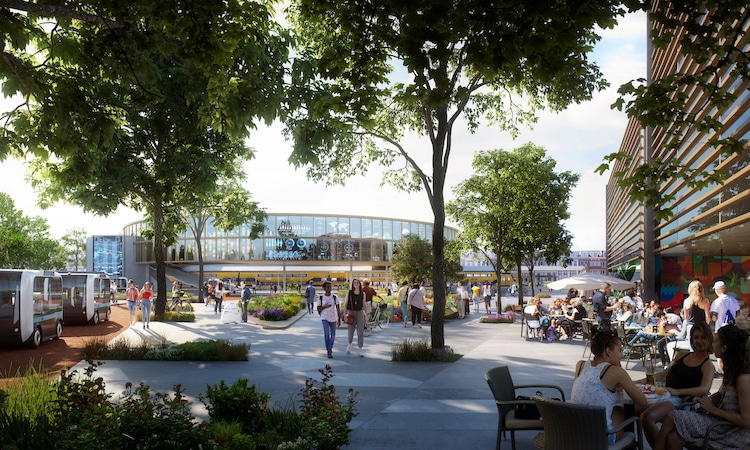
Photo: Plomp
How will Brainport differ from other “smart districts” around the world that are in the works?
Ultimately, the greatest difference is that BSD has not been initiated by a large and powerful tech company that may be looking for new ways to gather “valuable” data for its own broader and unspecified commercial aims and gains. Nor is it merely a top-down initiative that is designed to increase the efficiency of a city and its daily operations. Instead, in terms of data, BSD will specifically be looking at new ways to gather, manage, and apply data in ways that are designed to benefit the immediate community on multiple levels.
With this in mind, our sister company UNSense is currently carrying out a feasibility study for one of the sub-projects that will take place within the district: the creation of a learning environment of 100 houses. This environment is envisaged to investigate how data can improve living and working in the city when people are given choice and control over their own data and how it is ultimately appropriated. This is a different focus and approach than most of the smart city initiatives that have been carried out so far.
Smart cities promise a great deal, but they also raise a lot of questions concerning privacy and unclear or non-transparent business models with respect (or lack thereof) to data ownership. The 100 houses project is still in its very early stages, but the ultimate aim is to bring the potential of a data-driven city to the next level by focusing on how data can immediately benefit the people who supply it. In this experimental project, UNSense wants to explore fair and local business models for data-driven cities.
However, whilst we have formulated these goals and ambitions, how the plans for the 100 Houses project will develop in their many, varied and extremely complex specificities will depend on any number of factors over the next six months. One thing we are very sure of is that the resulting active project itself will be a process of learning by doing and trial and error.
That’s why we refer to it as a real-life learning environment.

Photo: Plomp
What is the biggest challenge with an urban planning project such as this?
Facilitating the unknown—and, to a certain extent, the unknowable.
What measures are taken to ensure that the needs of actual residents will be met?
In BSD the residents are involved from the outset. Their needs, their priorities, [and] their ideas are incorporated from the word go. This is what I meant above about a bottom-up approach. We are not talking here about previously tried methods of self-sufficiency or self-organization for the creation of new, utopian communities.
We are talking about making the residents an essential part of the design and development process of a whole new district—in collaboration with city planners, designers, architects, and experts from any number of other fields. The residents' needs will be met because they are an integral part of the project’s design and evolution. As a result, the district will learn from them and grow with and around them.
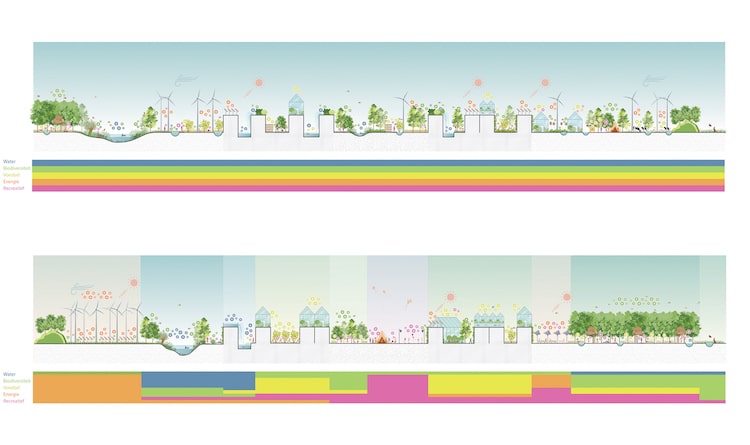
Hybrid landscape scheme. (Photo: Felixx Landscape Architects)
Sustainability and technology are big parts of the Brainport Smart District. Can you tease any examples of how these principals will be incorporated into the district?
BSD’s technology universe is introduced as a framework for sharing data and information in order to enrich the efficiency of the landscapes, buildings, and public spaces. Data-driven services will be designed and tested for living, working, mobility, retail and food, and energy production.
Sustainability and circularity play a significant part in the urban vision, but so too do ideas surrounding community engagement and social interaction; social sustainability, if you like. Residents are encouraged to adopt communal resource schemes such as shared energy generation and land cultivation.
For the landscape part of the urban vision we worked with Felixx Landscape Architects and this plays an extremely important role in the whole. The landscape is used, not only for recreation, but also as a productive environment for food, energy, water, waste processing, and biodiversity.
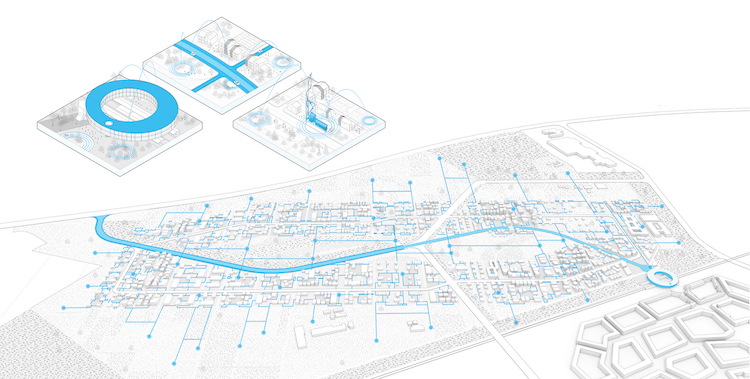
Urban Vision, Tech. (Photo: UNStudio)
Why do you think it’s important for architects to step up and engage in projects that assist in helping the environment?
It’s not only important; it’s essential. We design the environments that people will inhabit in the (near) future and these environments have to encourage and facilitate healthy, sustainable use and lifestyles. As architects, we have to approach every design with the health of both the user and the planet at the forefront of our minds. If we don’t do that, we are doing something wrong.
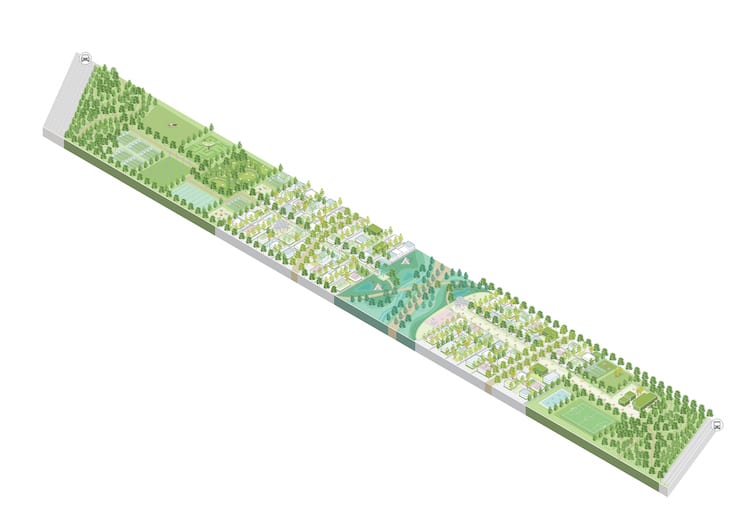
Photo: Felixx Landscape Architects
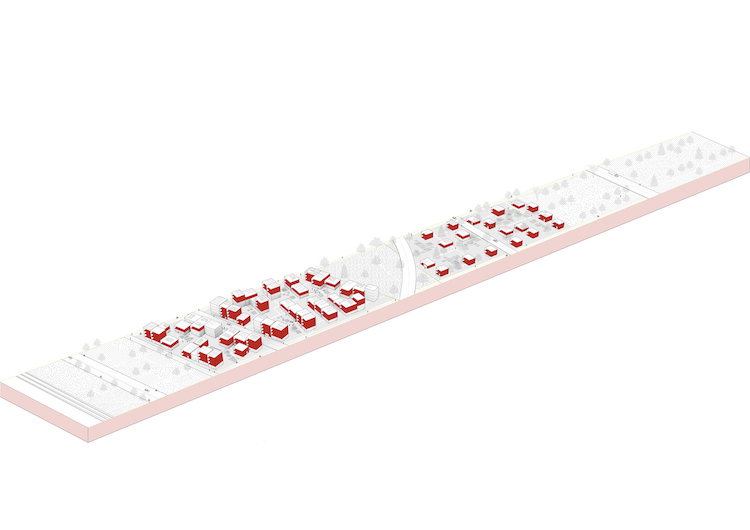
Urban Structure, Living. (Photo: UNStudio)
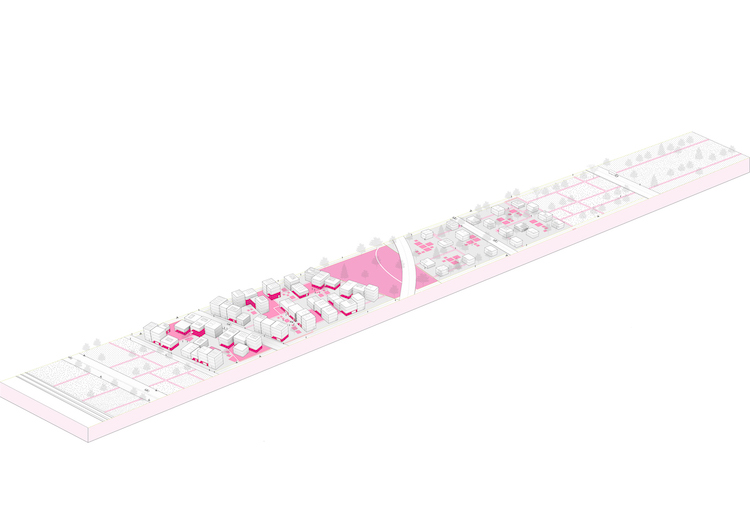
Urban Structure, Living. (Photo: UNStudio)
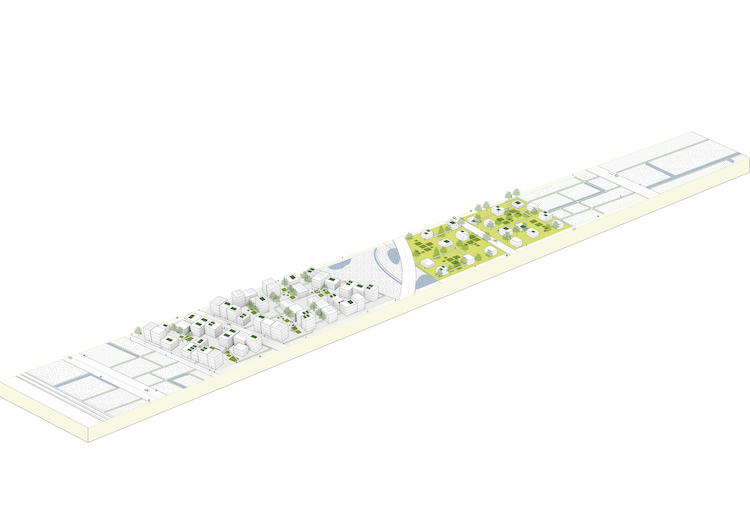
Urban Structure, Green. (Photo: UNStudio)
UNStudio: Website | Facebook | Instagram
My Modern Met granted permission to use photos by UNStudio.
Related Articles:
Twisting Towers Named Winning Design to Build Australia’s Tallest Building
Architects Unveil Designs for Europe’s Network of Hyperloop Stations
Stark White Twisting Home Mimics Surrounding Hills
Stunning Vertical Forest Brings City Dwellers Closer to Nature
Zaha Hadid Architects Selected to Build New “Smart City” in Moscow











































































